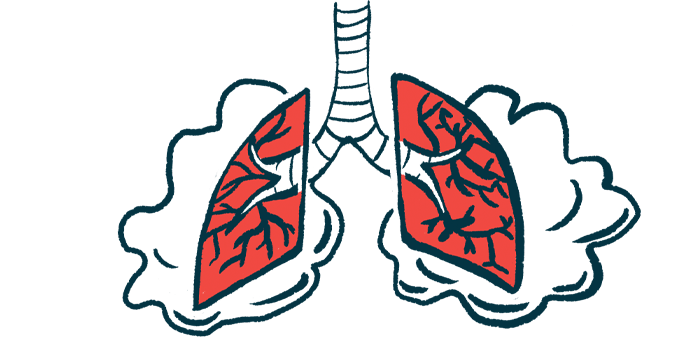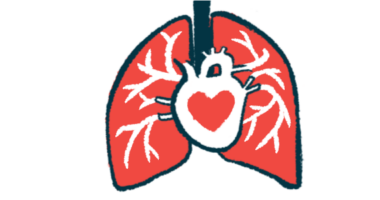Macrophages more inflammatory in males with PAH than females
These immune cells may have 'essential role' in sex differences seen in disease

Males with pulmonary arterial hypertension (PAH) have more proinflammatory macrophages — a type of immune cell — in the lungs than do females with the disease, a study suggests.
Researchers identified 56 genes showing differing activity in macrophages taken from men and women with PAH, with this altered activity mainly taking place in a pathway thought to be involved in cell proliferation.
Lowering the expression (activity) of one of these genes, RPL39, reduced PAH-related changes in male and female rats, attenuating the sex differences.
“Our study provides the first evidence that macrophages play an essential role in the sex differences of PAH,” the researchers wrote, adding that targeting these immune cells may offer a new approach in treating PAH.
M1 macrophages amplify inflammation, while M2 macrophages dampen it
The study, “RPL39 Was Associated With Sex Differences in Pulmonary Arterial Hypertension,” was published in the Canadian Respiratory Journal.
PAH is characterized by high blood pressures in the pulmonary arteries, vessels that transport blood through the lungs. The disease is marked by vascular remodeling — structural changes that narrow the blood vessels and obstruct blood flow, which leads to PAH symptoms like shortness of breath.
Vascular remodeling is driven, in part, by the infiltration of macrophages in the lungs. In PAH and other pulmonary diseases, studies have shown an imbalance between M1 macrophages, which amplify inflammation by secreting proinflammatory molecules, and anti-inflammatory M2 macrophages.
Female sex is one of the strongest known risk factors for PAH. But survival can be poorer in men with this disease.
“PAH patients exhibit significant sex differences in disease susceptibility, hemodynamic [vessel blood flow] characteristics, right ventricular function, drug treatment response, and survival rate,” the scientists wrote.
Researchers in China used two datasets to examine sex differences in lung samples from PAH patients. Comparing three lung samples from females to the same number of samples from males, they found the ratio of macrophages to be about seven times higher in males.
Males also had a significantly higher proportion of proinflammatory M1 macrophages than did females (64.1% vs. 8.2%).
“The increased M1 macrophages in male PAH samples may be associated with more severe disease severity and worse prognosis,” the researchers wrote.
Gene activity in inflammatory macrophages could affect cell proliferation
Genetic analysis of the macrophages from patients’ lungs found the activity of 56 genes to differ between males and females. Specifically, genes in M1 macrophages that differed between the sexes mainly were involved in the ribosome pathway.
Ribosomes are cellular structures responsible for making proteins. Ribosome signaling is involved in processes by which cells proliferate, or grow and divide to create new cells.
“Ribosome signaling pathways have been reported to be involved in cell proliferation, suggesting that inhibition of this pathway could reduce the difference in the ratio of male and female macrophages, thereby attenuating the sex differences in PAH,” the researchers wrote.
Investigators then focused on one macrophage gene involved in the ribosome signaling pathway, RPL39. Reducing the expression of RPL39 in a rat model of PAH limited macrophage proliferation in both male and female rats.
In rats of both sexes, RPL39 knockdown (lowered activity) also significantly reduced mean pulmonary artery pressure and pulmonary vascular resistance — a measure of internal resistance to blood flow within the lung’s blood vessels — and improved measures of heart function, such as stroke volume (the amount of blood ejected from the ventricle with each contraction).
Likewise, other measures showed that RPL39 knockdown lessened the sex differences in PAH, with changes in males that included a significantly lesser enlargement of the heart’s right ventricle (which pumps blood to the lungs) and increased cardiac output (the amount of blood the heart pumps in one minute).
“In summary, our study highlights the essential role of macrophages in the sex differences of PAH. The findings suggest that targeting macrophages may be a potential therapeutic strategy for the treatment of PAH,” the researchers wrote.








